Castor oil (Heat pressed)
Ricin is a naturally occurring protein that is found in the seeds of the castor bean plant, and it is highly toxic to humans if ingested.
The heat used during the pressing process causes some breakdown of the ricin protein, which helps to reduce its concentration in the resulting oil. However, it is important to note that ricin is extremely potent and can still be present in trace amounts even after processing..
Toxicity is one of the reasons why heat-pressed castor oil is often preferred over cold-pressed castor oil.
Here are some of the key properties and uses of castor oil:
Castor oil has been traditionally used in certain regional cuisines for its medicinal properties. In some parts of India, castor oil is believed to aid digestion and is used as a laxative, so it may be added to dal or meat dishes for this purpose. Also, it tenderizes the meat when cooked with, a very small quantity is enough to serve the purpose, around 1 tsp.
Moisturizing: Castor oil is a highly emollient oil that is rich in fatty acids. It can help to moisturize and nourish dry or damaged skin, hair, and nails.
Anti-fungal: Castor oil contains a compound called undecylenic acid, which has anti-fungal properties. It can be used topically to treat fungal infections such as athlete’s foot and ringworm.
It’s always a good idea to choose high-quality, consciously and minimally processed oils.
The castor seeds are cultivated in Andhiyur, Tamilnadu, without any pesticides. Tested Organic.
Our traditional extraction procedure:
-
Cleaning & Roasting:
Slight roasting of castor seeds enhances oil yield and reduces the unpleasant raw smell. -
Crushing or Pounding:
Seeds are coarsely crushed using a traditional stone grinder or wooden pestle. -
Boiling with Water & Turmeric:
-
Mix the crushed mass with water and add ½ tsp turmeric powder.
-
The turmeric acts as a natural preservative and antimicrobial agent.
-
Boil the mixture slowly for 3–4 hours, allowing the oil to separate and float.
-
-
Oil Separation:
As the oil rises to the top, it’s skimmed off periodically. -
Final Filtration:
After cooling, the oil is filtered using a muslin cloth to remove any residual solids.
Using Turmeric in Castor Oil
1. Curcumin as an Antioxidant
-
Curcumin, the bioactive compound in turmeric, is known to quench free radicals that can cause lipid peroxidation.
-
Castor oil contains unsaturated fatty acids like ricinoleic acid, which are prone to oxidation.
-
Adding turmeric helps extend the shelf life of the oil by stabilizing it against rancidity.
🧪 Research shows that curcumin has the ability to scavenge reactive oxygen species (ROS), reducing oxidative degradation of lipids.
2. Antimicrobial Barrier
-
Castor oil, when stored for long periods or extracted without high heat, can harbor microbial growth (molds or bacteria).
-
Curcumin exhibits broad-spectrum antimicrobial activity against bacteria (E. coli, S. aureus) and fungi (Candida, Aspergillus).
-
Hence, turmeric creates a natural antimicrobial barrier in the oil.
3. Synergistic Healing Action
-
Topical castor oil is often used for joint pain, ulcers, and eczema.
-
When infused with turmeric, its anti-inflammatory and healing properties are enhanced via dual action:
-
Ricinoleic acid reduces prostaglandin E2 synthesis.
-
Curcumin inhibits NF-κB, a key inflammatory pathway.
-
4. pH Stability and Preservation
-
Turmeric may slightly lower the pH of the water phase in the boiling mix, reducing the risk of microbial activity during cooling and storage.
Hence the first layer of the oil is light in yellow and the bottom layer is little darker as we use turmeric.
Sending you good health!
| Weight | 0.250 kg |
|---|
Be the first to review “Castor Oil (250 ml)” Cancel reply
Related products
Oils & Fats
Oils & Fats
Oils & Fats
Oils & Fats

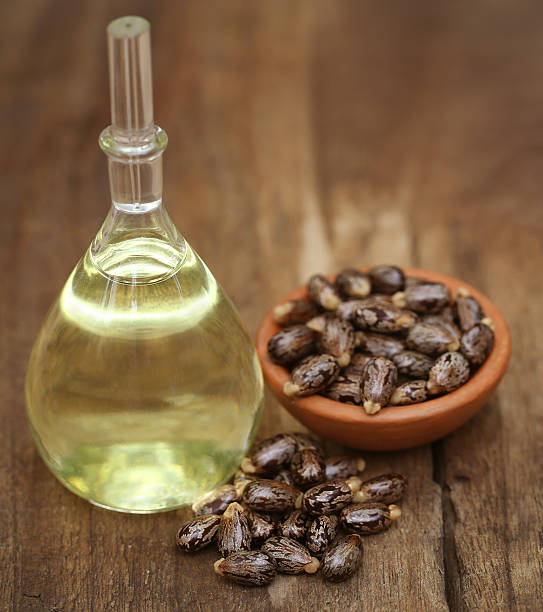
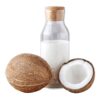
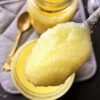
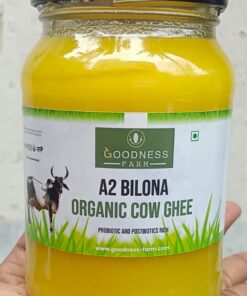

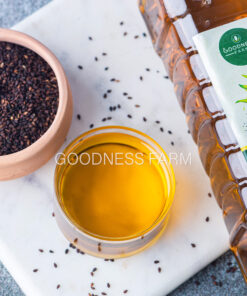


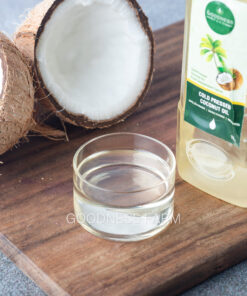
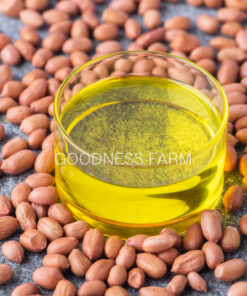
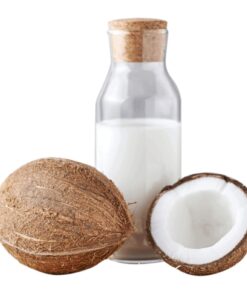

Reviews
There are no reviews yet.